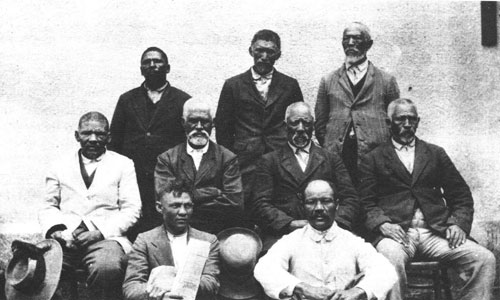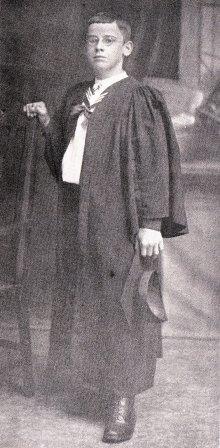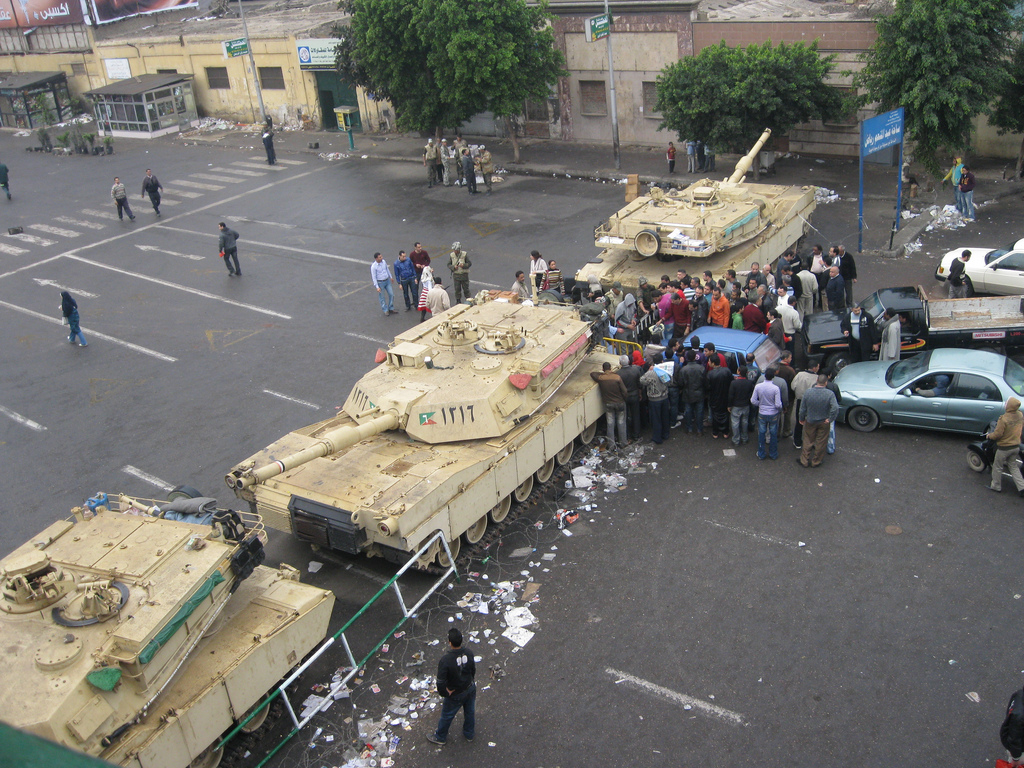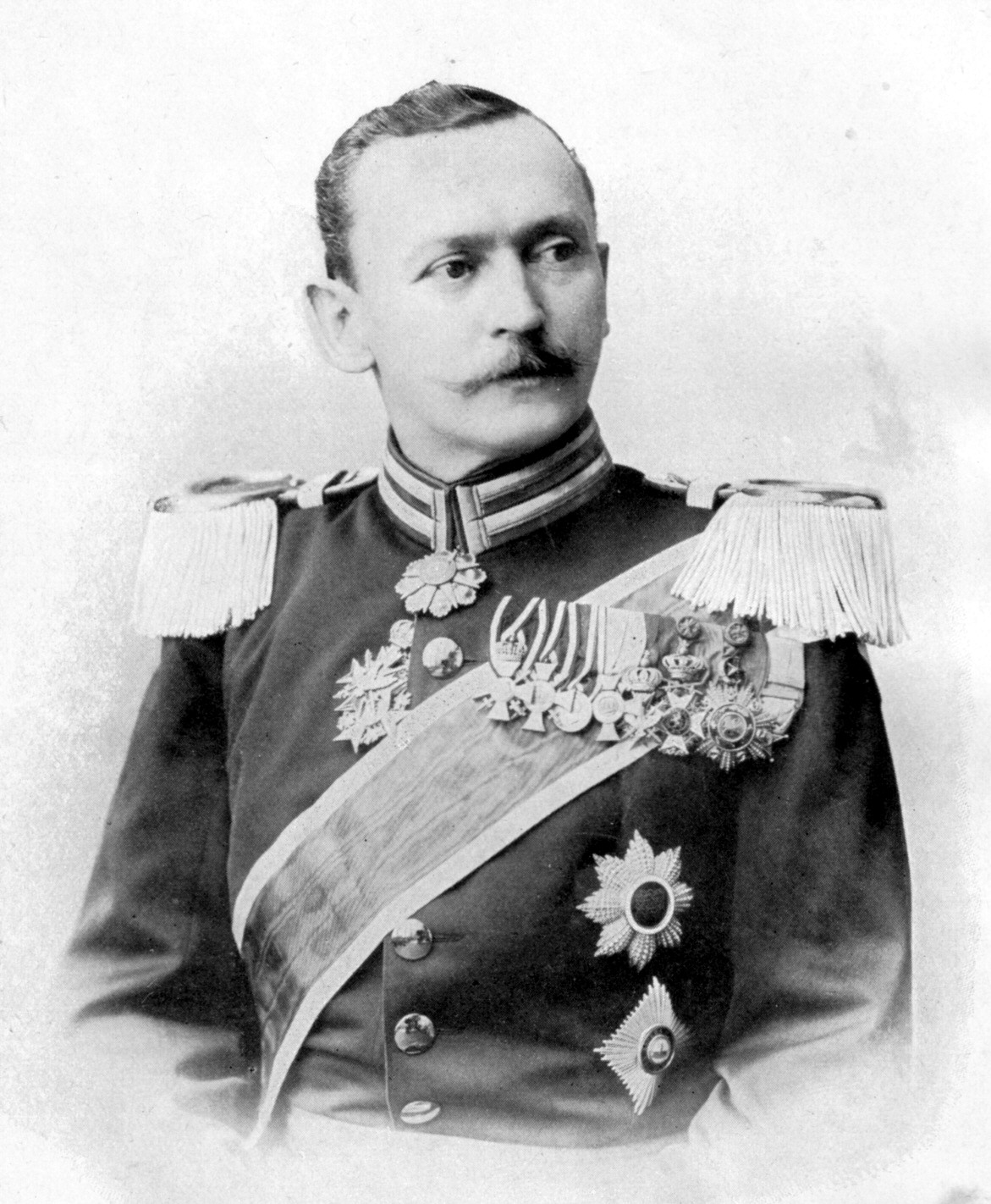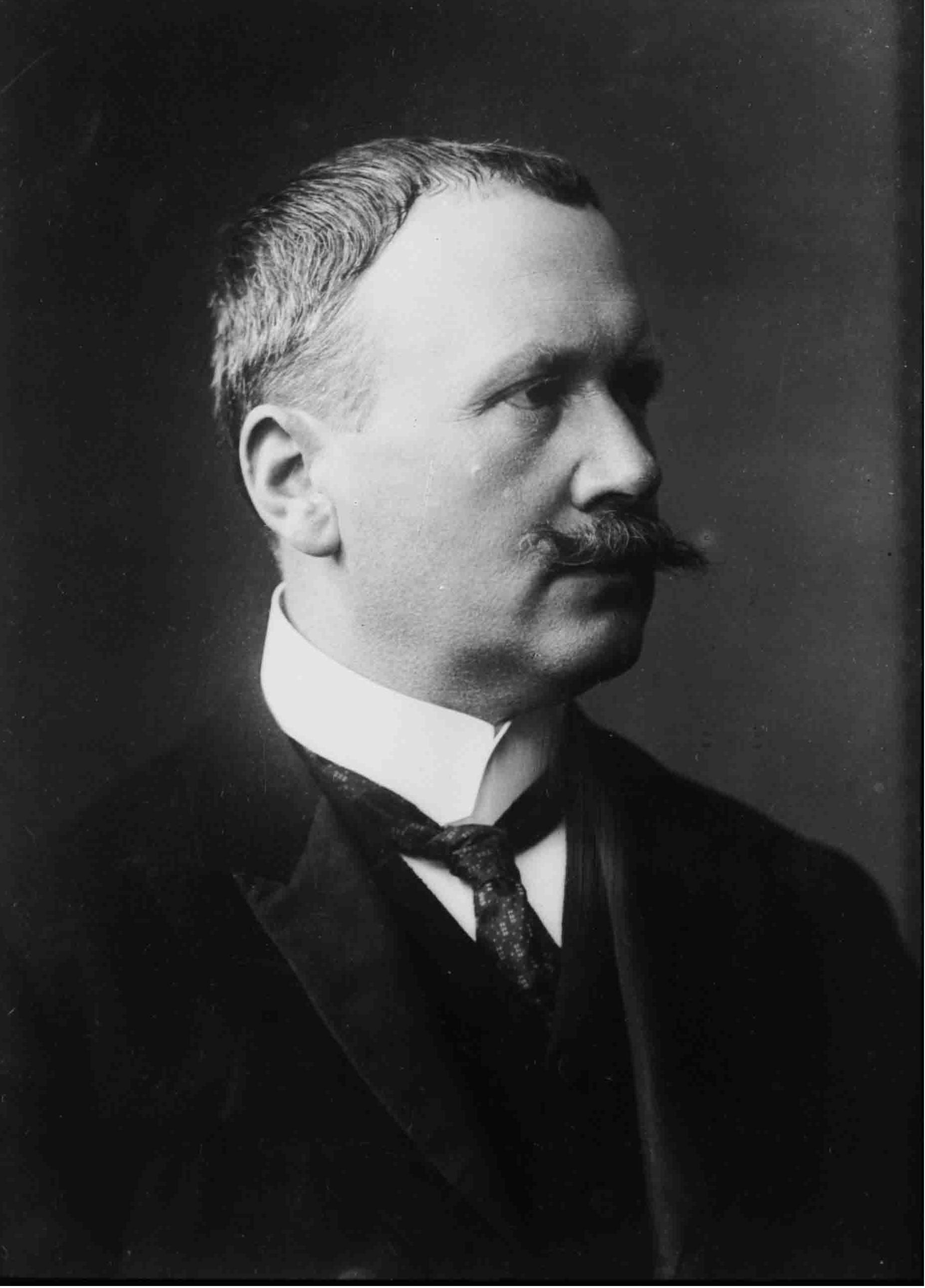|
Rehoboth Uprising
The Rehoboth Uprising of 1924-25 was the bloodless revolt of the Rehoboth Baster against the South African Administration in South West Africa. The revolt was caused by diminishing Baster autonomy and territory, as a result of Administration policies. The Uprising saw all sovereignty, autonomy, and power ceded from the Baster Council, the Baster magistrate and the Captains of the Rehoboth Baster, Captain, to the South African government. Background The Rehoboth area was originally inhabited by the Nama people of the Khoekhoe. In 1844, it was given the biblical name of "Rehoboth" by Franz Heinrich Kleinschmidt of the German Rhenish Missionary Society. During the eighteenth century, the Baster community emerged from the descendants of white, often Dutch or German, colonial men and Khoisan women. Two Baster communities originally existed: one which settled in East Griqualand led by Adam Kok III, Adam Kok, and the other which emigrated from Cape Colony to settle in Rehoboth, Namibia, ... [...More Info...] [...Related Items...] OR: [Wikipedia] [Google] [Baidu] |
Baster
The Basters (also known as Baasters, Rehobothers or Rehoboth Basters) are a Southern African ethnic group descended from white European men and black African women, usually of Khoisan origin, but occasionally also enslaved women from the Cape, who resided in the Dutch Cape Colony in the 18th century. Since the second half of the 19th century, the Rehoboth Baster community has been concentrated in central Namibia, in and around the town of Rehoboth. Basters are closely related to Afrikaners, Cape Coloured and Griqua peoples of South Africa, with whom they share a language and culture. Other people of similar ethnic origin, living chiefly in the Northern Cape, also call themselves Basters. The name ''Baster'' is derived from "bastaard", the Dutch word for bastard (or "crossbreed"). While some people consider this term demeaning, the Basters reappropriated it as a "proud name", claiming their ancestry and history, treating it as a cultural category in spite of the negative con ... [...More Info...] [...Related Items...] OR: [Wikipedia] [Google] [Baidu] |
Hereros
The Herero ( hz, Ovaherero) are a Bantu ethnic group inhabiting parts of Southern Africa. There were an estimated 250,000 Herero people in Namibia in 2013. They speak Otjiherero, a Bantu language. Though the Herero primarily reside in Namibia, there are also significant populations in Botswana and Angola. In Botswana, the Hereros or Ovaherero are mostly found in Maun and some villages surrounding Maun. These villages among others are Sepopa, Toromuja, Karee and Etsha. Some of them are at Mahalapye. In the South eastern part of Botswana they are at Pilane. There are also a few of them in the Kgalagadi South, that is Tsabong, Omawaneni, Draaihoek and Makopong Villages. Overview Unlike most Bantu, who are primarily subsistence farmers,Immaculate N. Kizza, ''The Oral Tradition of the Baganda of Uganda: A Study and Anthology of Legends, Myths, Epigrams and Folktales'' p. 21: "The Bantu were, and still are, primarily subsistence farmers who would settle in areas, clear land, org ... [...More Info...] [...Related Items...] OR: [Wikipedia] [Google] [Baidu] |
Piet Diergaardt
Piet may refer to: People * Piet (given name), a common name in the Netherlands and South Africa * Henri Piet (1888–1915), French lightweight boxer * Tony Piet (1906–1981), American Major League Baseball player Schools * Purushottam Institute of Engineering and Technology, Rourkela, Orissa, India * Priydarshini Institute of Engineering and Technology, Nagpur, Maharashtra, India * Pakistan Institute of Engineering and Technology, Multan, Punjab, Pakistan Other uses * Piet (programming language) * Piet (horse), American thoroughbred racehorse {{disambig, surname ... [...More Info...] [...Related Items...] OR: [Wikipedia] [Google] [Baidu] |
Toko Koopman
Toko is a small rural settlement 10 kilometres east of Stratford, New Zealand, at the intersection of East Road ( State Highway 43) and Toko Road. It is located on a railway, the Stratford–Okahukura Line, the western portion of which was operated as a branch line known as the Toko Branch prior to the line's completion. The Toko Stream flows through the area to join the Pātea River. Geography Toko is surrounded by extremely fertile land, being located on the periphery of the Taranaki ringplain and adjacent to the Pātea River. The area is drained by the Toko Stream, and its tributaries the Manawaiwiri and Waiwiri Streams. Once covered in wetlands, since settlement the area has been drained to take advantage of the fertile soils. Dairy farming predominates the surrounding land use, with some sheep and beef farming in the steeper hill country. History Toko was established in the 1890s, and served as an important centre for the developing hinterland. The settlement too ... [...More Info...] [...Related Items...] OR: [Wikipedia] [Google] [Baidu] |
League Of Nations
The League of Nations (french: link=no, Société des Nations ) was the first worldwide intergovernmental organisation whose principal mission was to maintain world peace. It was founded on 10 January 1920 by the Paris Peace Conference that ended the First World War. The main organization ceased operations on 20 April 1946 but many of its components were relocated into the new United Nations. The League's primary goals were stated in its Covenant. They included preventing wars through collective security and disarmament and settling international disputes through negotiation and arbitration. Its other concerns included labour conditions, just treatment of native inhabitants, human and drug trafficking, the arms trade, global health, prisoners of war, and protection of minorities in Europe. The Covenant of the League of Nations was signed on 28 June 1919 as Part I of the Treaty of Versailles, and it became effective together with the rest of the Treaty on 10 January 1920. T ... [...More Info...] [...Related Items...] OR: [Wikipedia] [Google] [Baidu] |
Jan Hendrik Hofmeyr (1894–1948)
: ''See also his uncle, Jan Hendrik Hofmeyr (Onze Jan)'' Jan Hendrik Hofmeyr (20 March 1894 – 3 December 1948) was a South African politician and intellectual in the years preceding apartheid. In his lifetime he was regarded as one of the cleverest men in the country, and it was widely expected that he would eventually become Prime Minister of South Africa. He came from a well-known Afrikaner family; his uncle, also Jan Hendrik Hofmeyr but known affectionately as "Onze Jan" among fellow Afrikaners, was a famous figure in the Afrikaans language movement. Early life Hofmeyr was born in Cape Town on 20 March 1894. He was baptised Jan Frederick Hendrik Hofmeyr, but the middle-name Frederick fell into disuse quickly. Later in his life he would be known to many as "Hoffie", this diminutive form of his surname even being used in cartoons of Hofmeyr published in South African newspapers. He was raised by his widowed mother Deborah, a cousin to Christiaan Beyers, after his father Andr ... [...More Info...] [...Related Items...] OR: [Wikipedia] [Google] [Baidu] |
Martial Law
Martial law is the imposition of direct military control of normal civil functions or suspension of civil law by a government, especially in response to an emergency where civil forces are overwhelmed, or in an occupied territory. Use Martial law can be used by governments to enforce their rule over the public, as seen in multiple countries listed below. Such incidents may occur after a coup d'état ( Thailand in 2006 and 2014, and Egypt in 2013); when threatened by popular protest (China, Tiananmen Square protests of 1989); to suppress political opposition ( martial law in Poland in 1981); or to stabilize insurrections or perceived insurrections. Martial law may be declared in cases of major natural disasters; however, most countries use a different legal construct, such as a state of emergency. Martial law has also been imposed during conflicts, and in cases of occupations, where the absence of any other civil government provides for an unstable population. Examples of ... [...More Info...] [...Related Items...] OR: [Wikipedia] [Google] [Baidu] |
Victor Franke
Erich Victor Carl August Franke (21 July 1865 – 7 August 1936) was a German military officer and last commander of the '' Schutztruppe'' in German South West Africa. Franke was born in Zuckmantel, Austrian Silesia. He was ''Bezirksamtmann'' (district officer) in several locations in German South West Africa, especially Ovamboland and Kaokoveld. He was stationed at Outjo from 1899 until 1910, and was involved in several campaigns against native tribes who resisted German colonial rule. In the early phases of the Herero Genocide of 1904, he was dubbed "Hero of Omaruru", because of his victory over numerically superior Herero forces at Omaruru. He also had successful campaigns against the Herero at Okahandja and Windhoek. At the beginning of World War I, he led a successful counter-attack against Portuguese forces at Naulila, Portuguese Angola (see German campaign in Angola). On 12 November 1914, he became commander of the ''Schutztruppe'' after the death of Jo ... [...More Info...] [...Related Items...] OR: [Wikipedia] [Google] [Baidu] |
Schutztruppe
(, Protection Force) was the official name of the colonial troops in the African territories of the German colonial empire from the late 19th century to 1918. Similar to other colonial armies, the consisted of volunteer European commissioned and non-commissioned officers, medical and veterinary officers. Most enlisted ranks were recruited from indigenous communities within the German colonies or from elsewhere in Africa. Military contingents were formed in German East Africa, where they became famous as , in the Kamerun colony of German West Africa, and in German South West Africa. Control of the German colonies of New Guinea, in Samoa, and in Togoland was performed by small local police detachments. Kiautschou in China under Imperial Navy administration was a notable exception. As part of the East Asian Station the navy garrisoned Tsingtao with the marines of III, the only all-German unit with permanent status in an overseas protectorate. Deployment The name of the Germa ... [...More Info...] [...Related Items...] OR: [Wikipedia] [Google] [Baidu] |
Theodor Seitz
Theodor Seitz (Mannheim, 12 September 1863 – Baden-Baden, 28 March 1949) was a German colonial governor. He studied law at the University of Heidelberg. He entered in the service of the Foreign Office and became on 9 May 1907 Imperial Governor of Kamerun. On 28 August 1910, he became Governor of German South West Africa (today Namibia) at Windhoek. At the outbreak of World War I, the colony was invaded by a British-South African force. The outnumbered German troops under command of Victor Franke had to capitulate on 9 July 1915. He remained in captivity until 1919, when all Germans were sent to Germany and the colony was annexed by the British. In 1920 he became president of the German Colonial Society The German Colonial Society (german: Deutsche Kolonialgesellschaft) (DKG) was a German organisation formed on 19 December 1887 to promote German colonialism. The Society was formed through the merger of the (; established in 1882 in Frankfurt) an ... and in 1930 honorary pr ... [...More Info...] [...Related Items...] OR: [Wikipedia] [Google] [Baidu] |
Union Defence Force (South Africa)
) , headquarters = Pretoria, Transvaal, South Africa , commander-in-chief = , commander-in-chief_title = Sovereign of South Africa , minister = , minister_title = , commander = , commander_title = Chief of the UDF , age = , conscription = , active = , ranked = , reserve = , deployed = , amount = , percent_GDP = , domestic_suppliers = , foreign_suppliers = , imports = , exports = , history = World War IRand RebellionWorld War IIBerlin BlockadeKorean War , ranks = South African military ranks The Union Defence Force (UDF) ( af, Unie-Verdedigingsmag) comprised the armed forces of South Africa from 1 July 1912, when the Defence Act (No 13 of 1912) took effect, two years after the creation of the Union of South Africa, until 1957 when it was reorganised and renamed the South African Defence Force ... [...More Info...] [...Related Items...] OR: [Wikipedia] [Google] [Baidu] |
Union Of South Africa
The Union of South Africa ( nl, Unie van Zuid-Afrika; af, Unie van Suid-Afrika; ) was the historical predecessor to the present-day Republic of South Africa. It came into existence on 31 May 1910 with the unification of the Cape, Natal, Transvaal, and Orange River colonies. It included the territories that were formerly a part of the South African Republic and the Orange Free State. Following World War I, the Union of South Africa was a signatory of the Treaty of Versailles and became one of the founding members of the League of Nations. It was conferred the administration of South West Africa (now known as Namibia) as a League of Nations mandate. It became treated in most respects as another province of the Union, but it never was formally annexed. Like Canada, Australia and New Zealand, the Union of South Africa was a self-governing dominion of the British Empire. Its full sovereignty was confirmed with the Balfour Declaration of 1926 and the Statute of Westminster 1931. ... [...More Info...] [...Related Items...] OR: [Wikipedia] [Google] [Baidu] |
